Demand for Sustainable Aviation Fuels (SAF) production is soaring
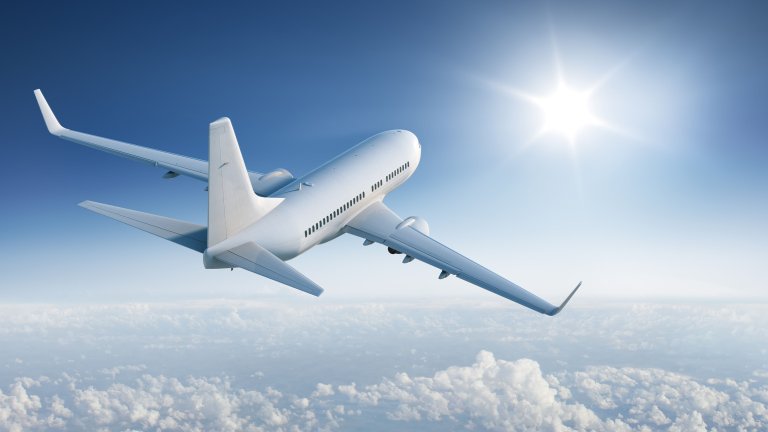
SAF is an alternative to conventional jet fuel that is made from non-petroleum feedstocks, including used cooking oil, agricultural wastes, solid municipal wastes and captured CO2. There are four main SAF pathways: Alcohol to Jet (AtJ), Hydrotreated Esters and Fatty Acids (HEFA), Gasification Fischer-Tropsch (GFT), and Power to Liquids (PtL).
Across these pathways, Technip Energies is paving the way for commercial-scale production. Leveraging our engineering expertise, in-house technology, and global project delivery know-how, we’re working with leading industry players such as LanzaJet, Neste, TotalEnergies, and Arcadia eFuels to accelerate commercial-scale production of SAF across all pathways to meet world demand for sustainable aviation fuel.
Meeting aviation’s need for sustainable fuels
Global SAF production is forecast to reach up to 17 million tons annually by 2030* as the aviation industry pushes to meet 2050 net-zero goals and new regulatory policies. To meet this demand, the journey to SAF success needs to be accelerated and scaled.
Whether you are an existing aviation fuel provider or a feedstock producer, Technip Energies can help you capitalize on SAF opportunities by reaching production faster and with certainty.
*International Civil Aviation Organization projections
Fly to SAF™ with confidence
With 20 years of experience in the sustainable aviation fuels sector, Technip Energies is executing projects across the globe. We are currently supporting more than six million tons of built or under-engineering SAF capacity worldwide.
Smoothly travel any SAF pathway
Our expertise spans the four main SAF pathways: Alcohol-To-Jet (AtJ), Hydroprocessed Esters and Fatty Acids (HEFA), Gasification Fischer- Tropsch (GFT) eFuel, and Power-to-Liquids (PtL).
We are developing and delivering leading-edge production facilities through a combination of in-house innovation and collaboration with technology licensors all powered by Technip Energies’ unrivaled expertise in complex EPC projects across the energy industry.
SAF projects executed and counting
Commercially pathways to SAF
Mt SAF projects executed or in development
Our approaches to producing Sustainable Aviation Fuels (SAF)
Fly the direct route to SAF
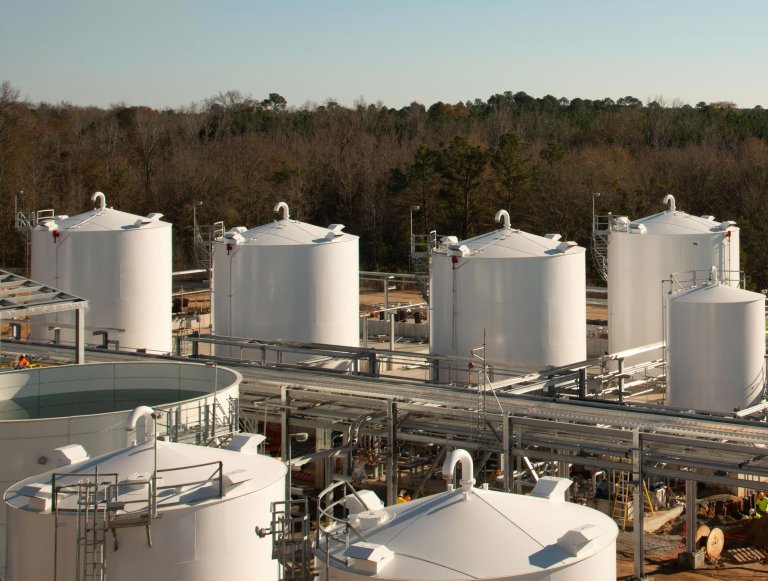
In the Alcohol-to-Jet (AtJ) pathway, bioethanol derived from waste, off-gases, CO2 or biomass is converted to SAF. This technology, licensed by LanzaJet, uses Technip Energies’ Hummingbird® technology as the first step to dehydrate the ethanol to ethylene.
Our AtJ projects include LanzaJet’s Freedom Pines plant in Georgia, USA, the world’s first commercial-scale ATJ plant, LanzaTech’s DRAGON SAF project in the UK, and Project Ulysses, Australia’s first LanzaJet ATJ biorefinery that will produce SAF and renewable diesel, COSMO Oil in Japan, IOCL in India, and Project FLITE in Europe.
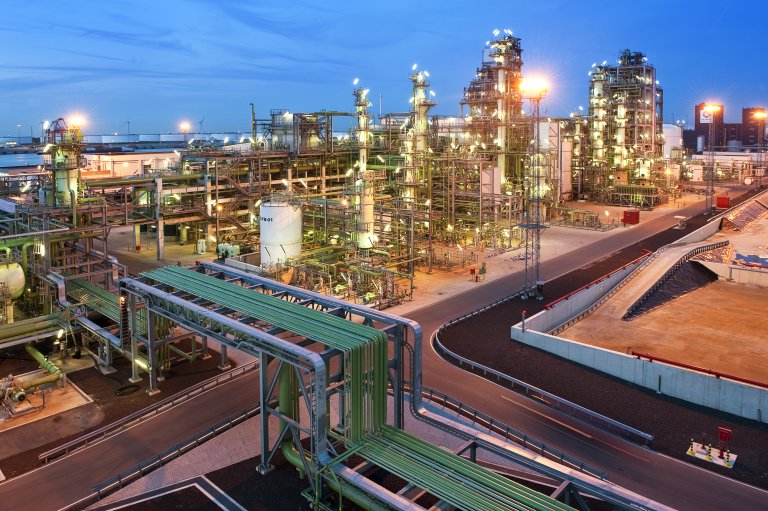
Hydroprocessed Esters and Fatty Acids (HEFA) is currently the most commonly applied SAF pathway. The process converts used cooking oil and animal fats into high-quality fuels through hydrotreating and hydroisomerization. HEFA is the least complex SAF pathway, but feedstock availability is limiting new capacity.
Our projects for Neste in Singapore and Rotterdam, and TotalEnergies’ Grandpuits Zero-Crude Platform in France, utilize the HEFA pathway.
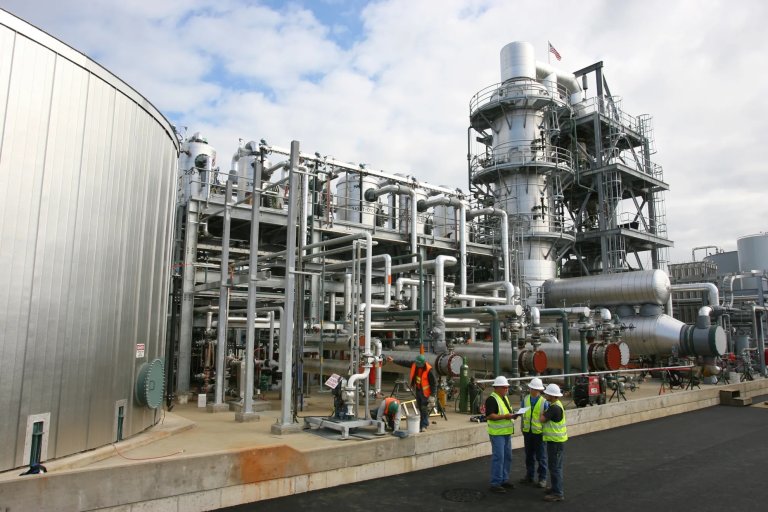
In the Gasification Fischer-Tropsch (GFT) pathway, waste streams such as biomass or municipal solid waste (MSW) are gasified to produce syngas - a mixture of CO and H2. The syngas is then sent to a catalytic reactor system to convert it to hydrocarbon chains via the Fischer Tropsch process, producing SAF along with biodiesel and bio-naphtha as valuable side products.
Our SkyNRG Pacific Northwest project in the US deploys the GFT pathway.
The Power-to-Liquids (PtL) process converts green H2 and CO2 into SAF. The green H2 is produced through electrolysis of water using renewable energy as the CO2 is captured from the atmosphere and other emissions sources. While PtL is the most sustainable pathway, it is also the most complex and expensive.
Our project for Arcadia eFuels in Denmark utilizes the PtL pathway.
From Concept to Start-Up of a Sustainable Aviation Fuel (SAF) Plant
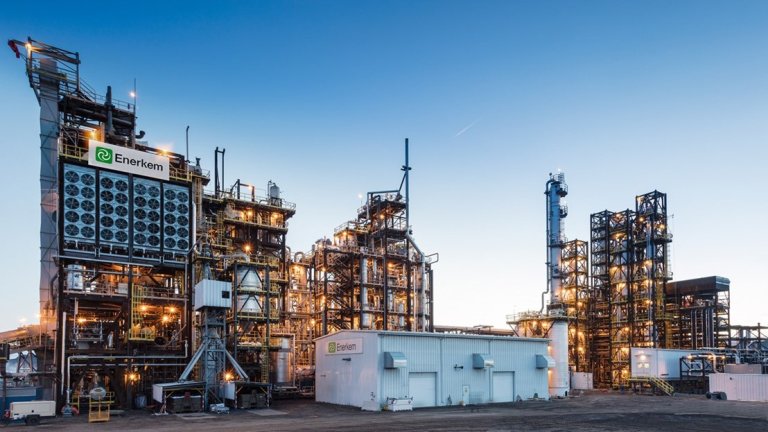
Our engineering and end-to-end project management expertise helps clients scale and commercialize SAF projects faster. We offer a wide range of services with proprietary and alliance-based technologies, supporting the bankability of projects.
Our global project delivery know-how and procurement strength ensures efficient and sustainable delivery of SAF projects worldwide, supporting our clients from concept and basic design with CAPEX estimates, to engineering and full EPC project delivery.
Proprietary technologies
- Hummingbird® (ethanol to ethylene)
- Ethanol (1G) generation process
Other licensed technologies
- Alcohol-to-Jet pathway for SAF and biodiesel in collaboration with LanzaJet with our Hummingbird® technology
- BTG-bioliquids fast pyrolysis oil
- Sustainable methanol from MSW to methanol with Enerkem
- Shell's CANSOLV® CO2 Capture System
- Rely Clear100+ green hydrogen plant
- Technologies for pyrolysis oil of various feedstocks for co-processing
Full credentials in SAF market
- Proven experience executing all types of biofuel plants, including the world's largest biofuels/SAF plants
- Leading design and complete engineering capabilities
- Full project management and delivery capabilities - EPsCm / EPCm / EPC
- In-house technologies for bioethanol and ethanol-to-ethylene production, CO2 capture, and green hydrogen Power-to-X
- Collaborative licensing for various SAF technologies for Alcohol-To-Jet, biodiesel and sustainable methanol
- Collaboration with leading sustainable aviation fuel producers to drive decarbonization
- Strategic investment in United Airlines' Ventures Sustainable Flight Fund for SAF development, support for Project SkyPower in Europe, and work with Hy2gen
FAQ
Sustainable Aviation Fuels (SAF) are alternatives to conventional jet fuel that are made from non-petroleum feedstocks, including used cooking oil, agricultural wastes, solid municipal wastes and captured CO2.
There are four main SAF pathways:
- Alcohol-to-Jet (AtJ),
- Hydrotreated Esters and Fatty Acids (HEFA),
- Gasification Fischer-Tropsch (GFT),
- and Power to Liquids (PtL).
Technip Energies is accelerating the journey to SAF by leveraging our engineering expertise and proprietary technology to design and engineer commercial-scale plants across all pathways. We will help the aviation industry meet its net-zero goals.
SAF offers significant CO2 reduction and can be blended with traditional jet fuel. It can contribute a large portion of the reductions needed to decarbonize aviation, potentially reaching a 65% reduction in emissions required to reach net zero by 2050. SAF can reduce lifecycle emissions by up to 80% compared to using fossil-based jet fuel.
Progress in SAF technology is accelerating due to regulatory requirements, industry pledges, and the growing urgency for cleaner transportation fuels. Biofuel manufacturers are teaming with airlines and others to find ways to produce SAF more cheaply and to scale up production to meet growing demands.
While there are currently four main pathways for SAF production, scientists are exploring new ways to produce SAF from CO2 using hydrogen and a metal catalyst, using waste and residue feedstocks with catalysis and considering novel feedstocks, such as algae.
There are significant economic and environmental benefits to using SAF. Besides reducing CO2 and other greenhouse gas emissions by up to 80%, SAF improves air quality, lowering sulfur and other harmful emissions, benefiting public health and the environment. Cleaner air results in fewer cases of pulmonary and cardiovascular disease and some cancers.
In terms of economic benefits, SAF can benefit communities with jobs where the feedstock is cultivated and manufactured. It also contributes to energy security by reducing dependence on fossil fuel sources.
Yes. Boeing, Airbus and Virgin Atlantic Airlines have all demonstrated that aircraft can fly on 100% SAF. But as SAF currently is two to ten times more expensive than traditional jet fuel, most SAF is blended with jet fuel up to 50%. SAF is also not a single fuel type and each form of it can impact different engine types.
As the industry further develops, and there are gains in scale and cost reductions, SAF is expected to comprise a larger portion of aviation fuel, eventually replacing fossil-fuel based jet fuel.
Ready to fly to SAF?
Contact our team to find out more about Technip Energies’ SAF capabilities and how we could help your project take off.
Select the SAF contact from the dropdown menu on the contact page.
